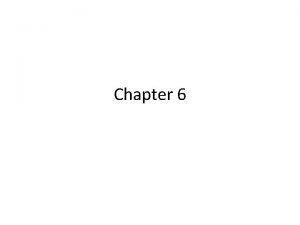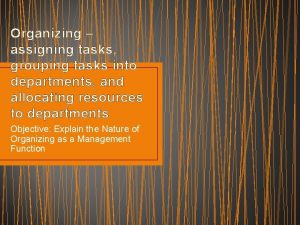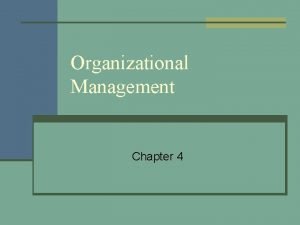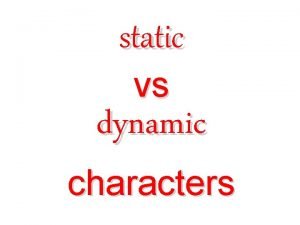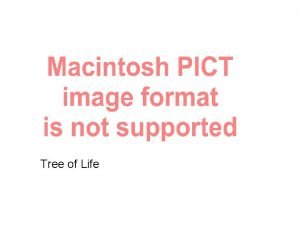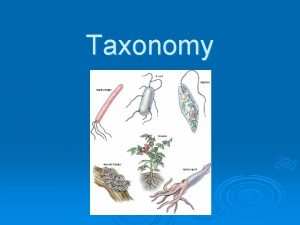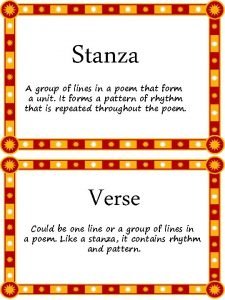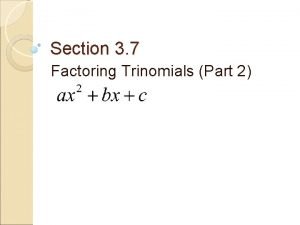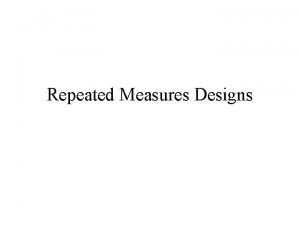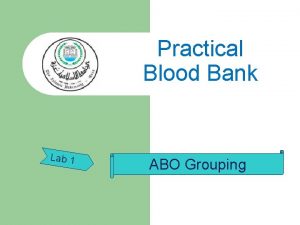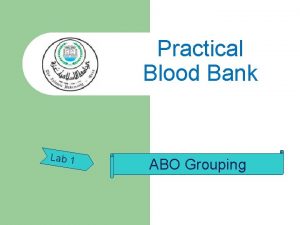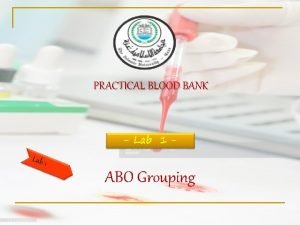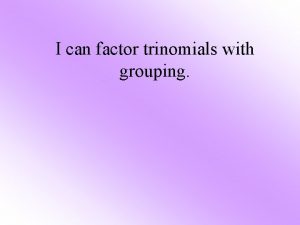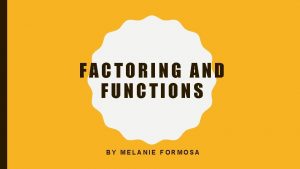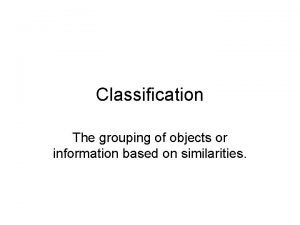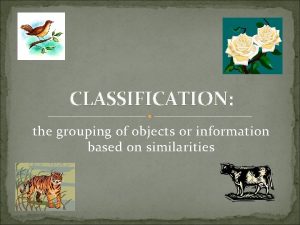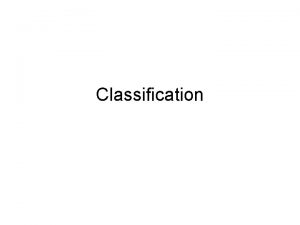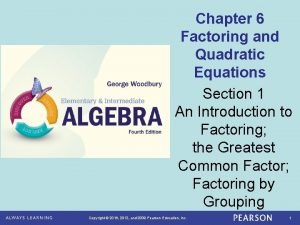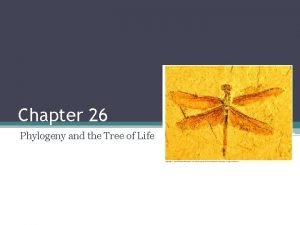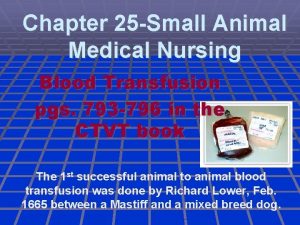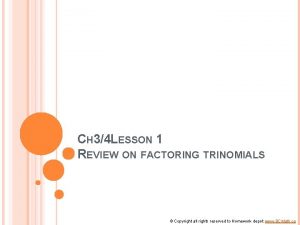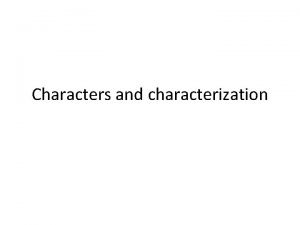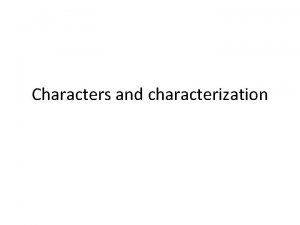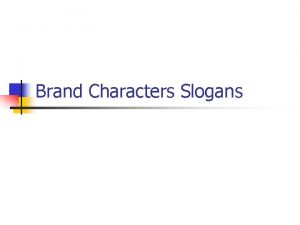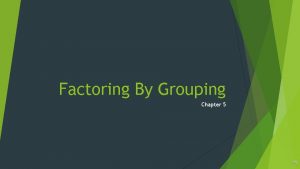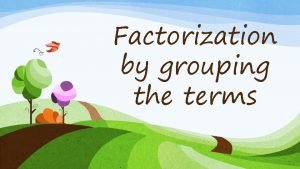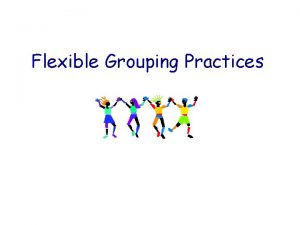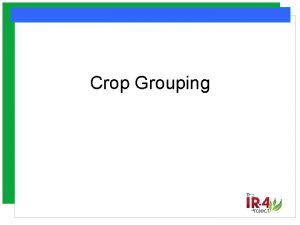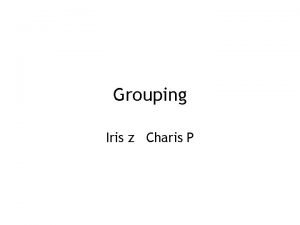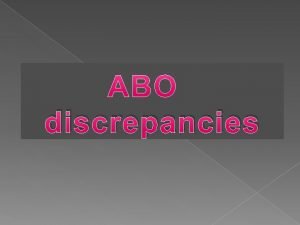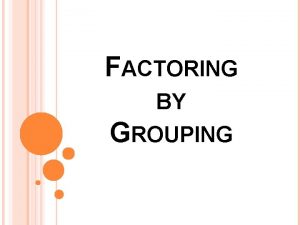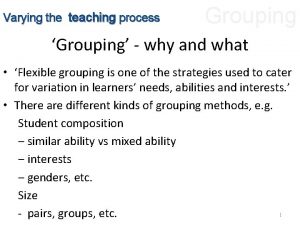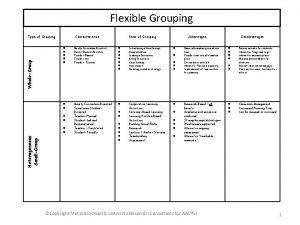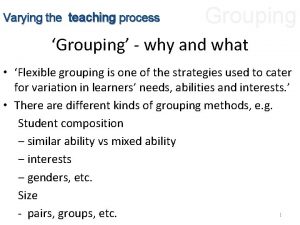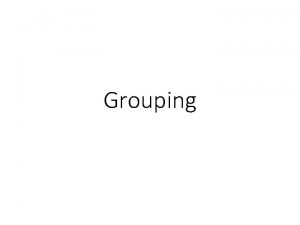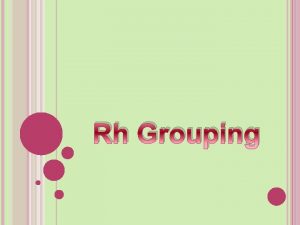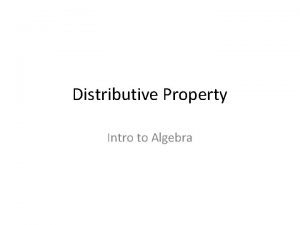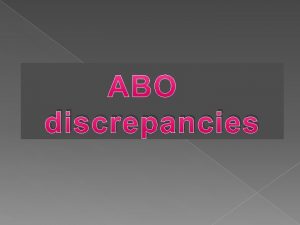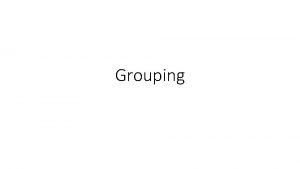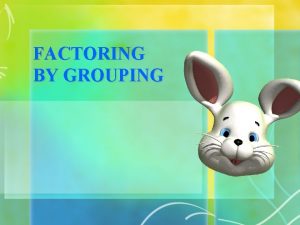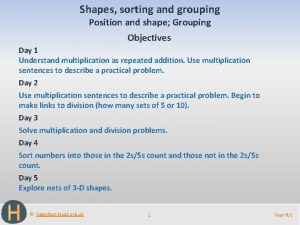Chapter 6 1 A grouping of characters into





















- Slides: 21

Chapter 6

1 • A grouping of characters into a word, a group of words, or a complete number is called a record. • Answer: FALSE

2 • Each characteristic or quality describing a particular entity is called an attribute. • Answer: TRUE

3 • Program-data dependence refers to the coupling of data stored in files and software programs that use this data such that changes in programs require changes to the data. • Answer: TRUE

4 • A DBMS separates the logical and physical views of the data. • Answer: TRUE

5 • Every record in a file should contain at least one key field. • Answer: TRUE

6 • Many applications today require databases that can store and retrieve multimedia. • Answer: TRUE

7 • One of the drawbacks to OODBMS are that they cannot work with applets. • Answer: FALSE

8 • Which of the following is NOT one of the main problems with a traditional file environment? – A) data inconsistency – B) program-data independence – C) lack of flexibility in creating ad-hoc reports – D) poor security • Answer: B

9 • A DBMS reduces data redundancy and inconsistency by – A) enforcing referential integrity. – B) uncoupling program and data. – C) utilizing a data dictionary. – D) minimizing isolated files with repeated data. • Answer: D

10 • Which of the following best illustrates the relationship between entities and attributes? – A) the entity CUSTOMER with the attribute PRODUCT – B) the entity CUSTOMER with the attribute PURCHASE – C) the entity PRODUCT with the attribute PURCHASE – D) the entity PRODUCT with the attribute CUSTOMER • Answer: B

11 • A characteristic or quality describing an entity is called a(n) – A) field. – B) tuple. – C) key field. – D) attribute. • Answer: D

12 • Which of the following non-digital data storage items is most similar to a database? – A) library card catalog. – B) cash register receipt. – C) doctor's office invoice. – D) list of sales totals on a spreadsheet. • Answer: A

13 • The confusion created by ____ makes it difficult for companies to create customer relationship management, supply chain management, or enterprise systems that integrate data from different sources. – A) batch processing – B) data redundancy – C) data independence – D) online processing • Answer: B

14 • Duplicate data in multiple data files is called data ____. – A) redundancy – B) repetition – C) independence – D) partitions • Answer: A

15 • The logical view – A) shows how data are organized and structured on the storage media. – B) presents an entry screen to the user. – C) allows the creation of supplementary reports. – D) presents data as they would be perceived by end users. • Answer: D

16 • In a relational database, the three basic operations used to develop useful sets of data are – A) select, project, and where. – B) select, join, and where. – C) select, project, and join. – D) select, from, and join. • Answer: C

17 • Databases record information about general categories of information referred to as ____. • Answer: entities

18 • Data ____ describes a situation in which the same attribute of a data entity may have different values. • Answer: inconsistency

19 • A(n) ____ view shows data as it is actually organized and structured on the data storage media. • Answer: physical

20 • DBMS have a(n) ____ capability to specify the structure of the content of the database. • Answer: data definition
 A grouping of characters into a word
A grouping of characters into a word Job description for grouping tasks into departments
Job description for grouping tasks into departments Grouping jobs into manageable units
Grouping jobs into manageable units What a dynamic character
What a dynamic character Andy harris into thin air
Andy harris into thin air Monophyletic group
Monophyletic group What five probable ancestors of the modern bird
What five probable ancestors of the modern bird What is a stanza
What is a stanza Factoring criss cross method
Factoring criss cross method Repeated measures design
Repeated measures design Forward typing slide method
Forward typing slide method Direct blood typing
Direct blood typing Gel card method blood grouping principle
Gel card method blood grouping principle Factoring chart method
Factoring chart method Definition of factoring by grouping
Definition of factoring by grouping What is the grouping of objects based on similarities
What is the grouping of objects based on similarities The grouping of objects or information based
The grouping of objects or information based The process of grouping things based on similarities
The process of grouping things based on similarities Gcf quadratic equations
Gcf quadratic equations Monophyletic group
Monophyletic group Blood grouping and crossmatching
Blood grouping and crossmatching Criss cross factoring
Criss cross factoring
